Sustainability in Industry
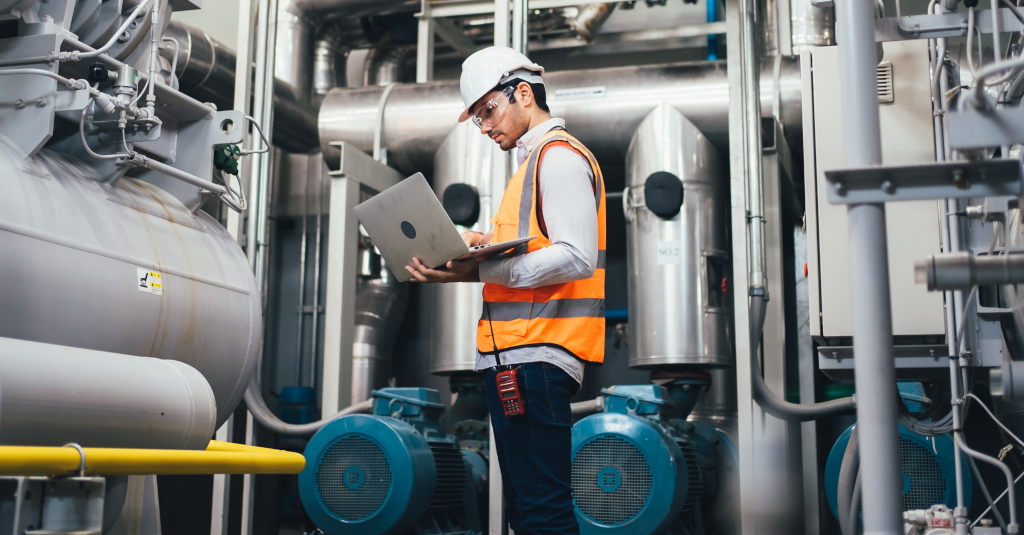
Industrial sustainability involves adopting practices aimed at reducing the environmental impact of production activities. This approach requires concrete actions capable of combining social responsibility and economic profitability.
Industrial activities have a significant impact on the environment. They contribute substantially to carbon emissions, excessive resource consumption, and waste generation. To address these issues, a transition toward more sustainable and measurable production models is essential. This includes reducing energy consumption and using renewable resources. It also involves minimizing waste, following the principles of the circular economy, where products are reused or recycled rather than disposed of.
Beyond environmental benefits, sustainability also addresses social and ethical issues. Companies are increasingly expected to guarantee fair working conditions and ensure transparency across the supply chain. They must also contribute positively to the communities in which they operate. In general, consumers and investors are showing growing attention to responsibility and sustainability, pushing industries toward more innovative and responsible practices.
Sustainability and strategic value
Sustainability in industry is not only an ethical obligation but also a strategic opportunity. It ensures long-term profitability, strengthens brand reputation, and contributes to the protection of the planet.
Understanding the dynamics of energy use in industrial environments is strategic
Energy is an enabling factor for industrial production, logistics, and technological innovation. However, its use has real effects not only on the environment and on society, but also on the economic sustainability of the company. Understanding the dynamics of consumption is therefore critical to preserving value within the enterprise and turning energy into a competitive advantage— rather than a source of value erosion.

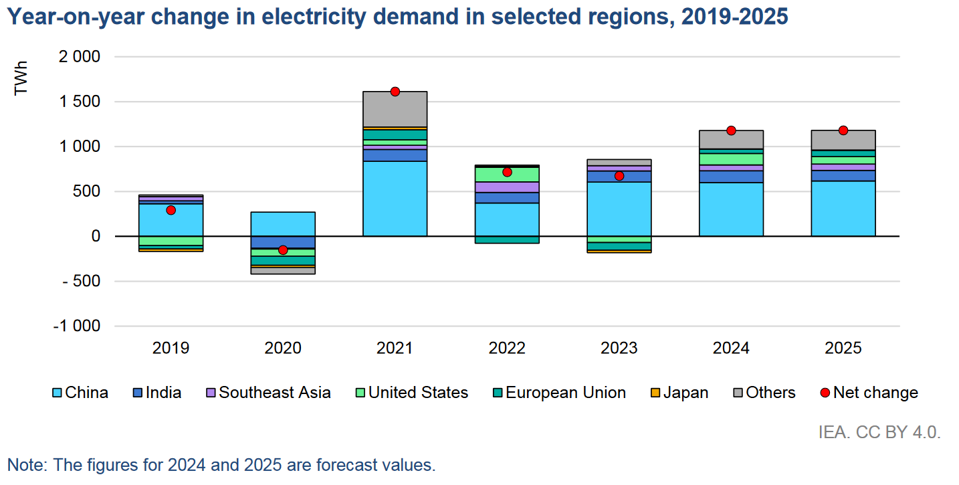
Industrial activities depend on intensive energy use to power machinery, facilities, and production systems. However, inefficient and unoptimized consumption leads to high costs, resource waste, and carbon emissions. On the other hand, effective energy management reduces environmental impact, contains costs, and reinforces the company’s sustainability reputation. It also promotes alignment with global climate change goals.
As renewable energy sources like solar, wind, and hydropower become more prominent, understanding how energy is used also opens the door to adopting cleaner alternatives. In addition, consumers, regulators, and investors increasingly demand that businesses prioritize energy efficiency and sustainability. In this context, companies that monitor, optimize, and reduce their energy consumption are better positioned to thrive in a rapidly changing world focused on sustainability.
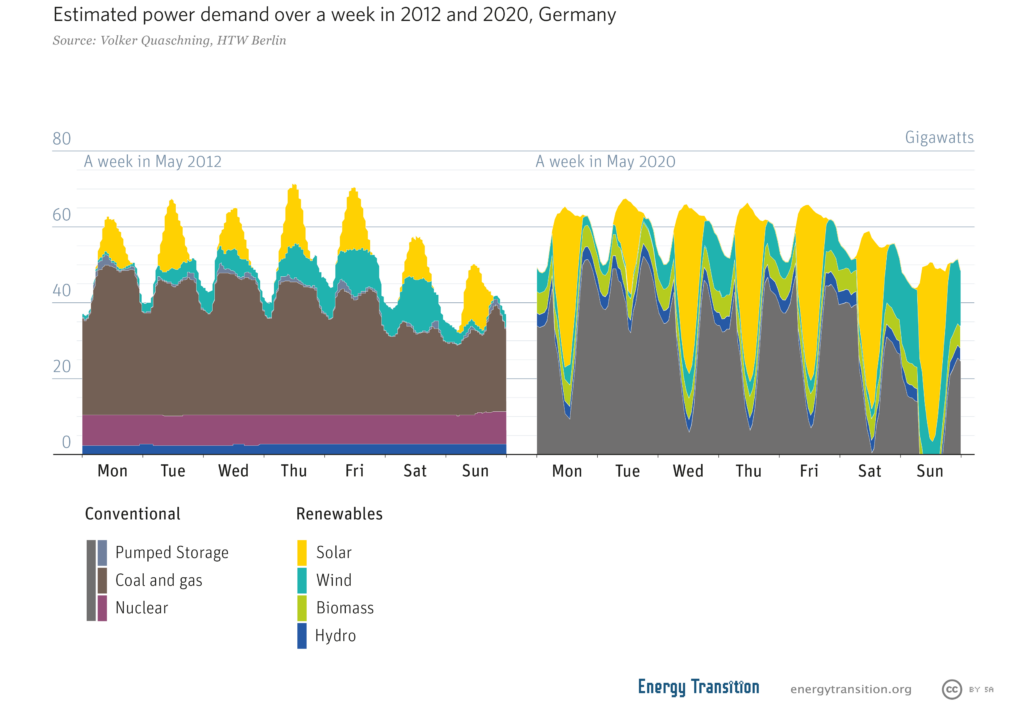
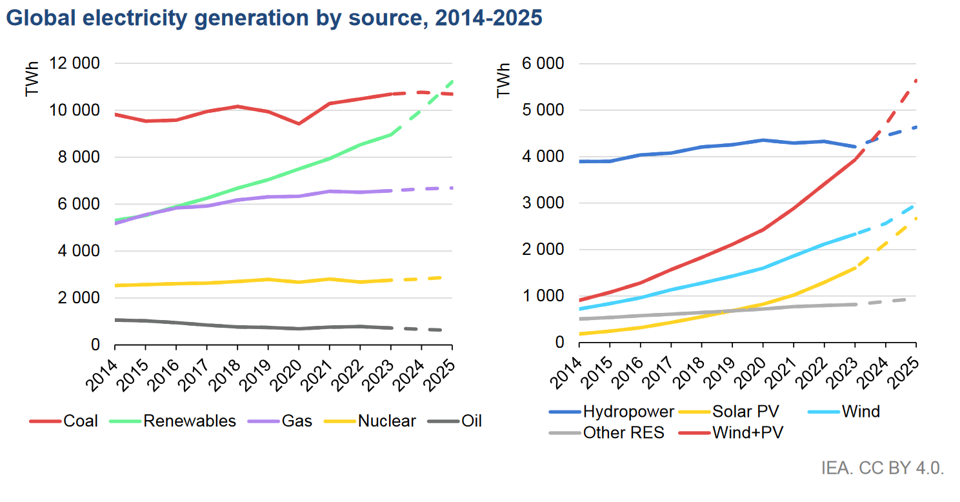
Ultimately, strategic insight into energy consumption patterns empowers industries to make informed decisions and and turn data into competitive levers. By analyzing energy behavior, companies can develop smarter, more optimized strategies that positively impact both sustainability and long-term profitability.
Sustainability and Simulation
Sustainability and simulation are becoming increasingly interconnected as industries seek to reduce environmental impact and improve resource efficiency. Simulation technologies allow the modeling, analysis, and optimization of processes, making it possible to test sustainable practices and forecast their outcomes.
By leveraging simulation, industries can make data-driven decisions, reduce their carbon footprint, and implement economically sustainable solutions, contributing to a more innovative and responsible future.

Electricity and heat account for approximately 23% of the direct greenhouse gas emissions, and most of it can be attributed to
indirect emissions in Building and Industry sectors [IPCC2022].

Energy use planning has to deal with intermittent renewable generation, dynamic pricing, and variable CO2 intensity.

Simulation can generate multiple timelines for different sequences of operations, resulting in different energy use patterns. Furthermore, simulation can effectively account for the stochastic behavior of some energy sources and represent their intermittency.
There is a real opportunity to reduce impact by understanding where, how much, and when energy is consumed.
Flexcon Helios
Flexcon Helios is a powerful energy use simulation tool designed to simulate and optimize energy consumption in various systems. It allows users to model energy consumption, evaluate different energy usage scenarios, and assess the impact of various operational strategies.
By providing detailed insights into energy performance, Flexcon Helios helps organizations improve efficiency, reduce waste, and achieve sustainable energy goals. It can model renewable energy sources, energy storage systems, and energy-saving techniques to facilitate better decision-making.
Flexcon Helios is compatible with all FlexSim tools, libraries, and advanced simulation capabilities of FlexSim. The user interface is consistent with FlexSim and easy to learn.
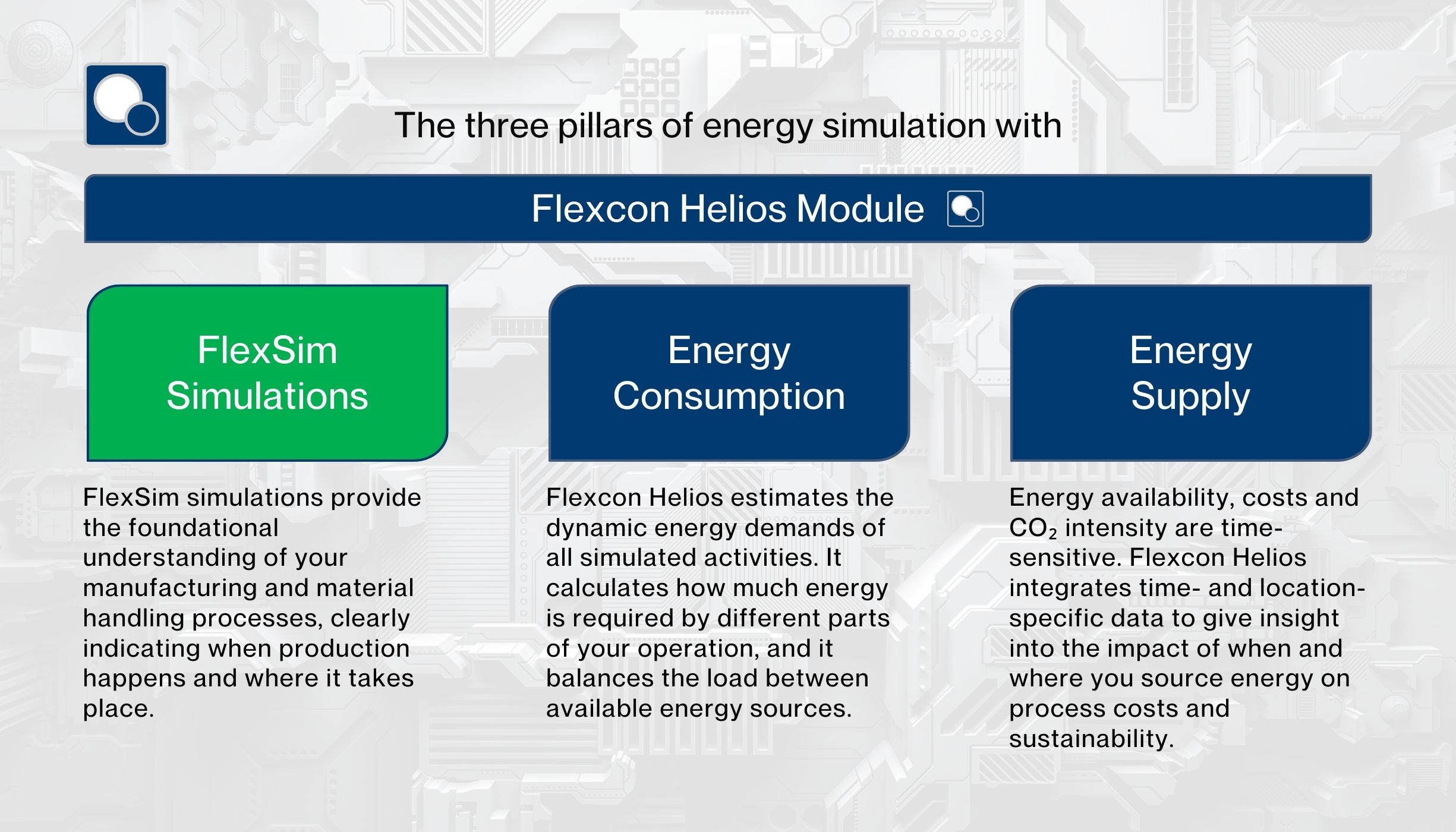
Capabilities
- Energy accounting in a simulation of a complex process
Understand when, where and how much energy is consumed. Understand the overall power requirements of the production system and its components. Improve energy use efficiency. - Estimation and optimization of indirect carbon emissions and costs from energy use
Gain insights for sustainability analysis of the simulated system. Consider both carbon emissions and
operational costs in the context of expected process performance. - Rightsizing energy components
Plan and optimize resources and infrastructure to support all simulated activities.
Prepare for different usage scenarios.
Components of an Energy Use Simulation
- Energy consumers
Any FlexSim object can be defined as an energy consumer, such as machines, systems, or processes that require power. - Energy use policies
These tools define the specific power requirements for each energy consumer, determining how much energy is needed for operating. - Energy sources
These are the entities that deliver power to the system. They can provide a constant or variable intensity of energy, or follow a predefined schedule to match energy demand. - Energy statistics
Integrated into energy tools and objects, for real-time tracking and analysis. Collected data, such as power and energy consumption, are displayed in the object’s properties and shared through energy charts.

Benefits
Flexcon Helios enables efficient energy management in complex manufacturing, transportation, and material handling processes. It provides detailed insights into energy consumption, carbon emissions, and costs, helping organizations optimize energy use while reducing environmental impact.
Flexcon Helios supports rightsizing of energy components, ensuring efficient resource allocation and infrastructure planning.
By analyzing energy performance and improving efficiency, Flexcon Helios supports the achievement of corporate sustainability goals. At the same time, it ensures minimized operational costs and long-term maintenance of production effectiveness.
Contact Flexcon to discover our solutions dedicated to industrial sustainability.